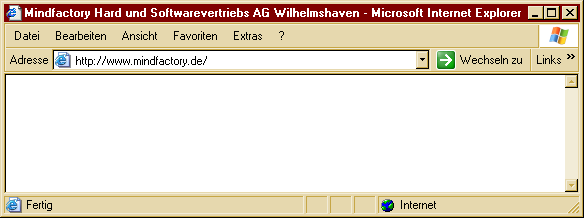

This feature of the WTK library is especially useful because Q is intended for a fully immersed installation, such as the CAVE environment and the Immersa-Desk developed at the Electronic Visualization Laboratory (EVL) of University of Illinois, Chicago. The Sense8-WTK library also provides integration with various virtual reality immersion devices, such as head mounted displays and motion sensors. For Q, the program was enhanced to incorporate dynamic creation of the musical geometry shapes synchronized to appear and to grow in time as the music plays. The AbsoluteAuthor-VR program allows a non-programmer to interactively define locations and paths in the world, and to create events that can be triggered to occur under specified circumstances.
ADOBE GOLIVE FRAMES PROBLEMS WINDOWS
AbsoluteAuthor-VR is written in ANSI standard C++ for cross platform capability, using the Sense8-WTK library, and is available for both Windows and SGI computers. Sense8-WTK provides a powerful library of functions to manage the simulation and rendering loop that computes for each frame or unit of time what the new updated view looks like and paints it onto the computer screen.

ADOBE GOLIVE FRAMES PROBLEMS SOFTWARE
Drawing on his experience with developing the software for LASCAUX, a VR tour of the French prehistoric painted cave, Britton selected the World Toolkit (WTK) VR library from the Sense8 product line offered by Engineering Animation, Inc. David Britton of Absolute Reality programmed this software. Architectural interiors bounce sound differently than desert landscapes.Ībsolute Reality Corporation's AbsoluteAuthor-VR is the virtual reality software application that places these models into a virtual world in which the user can move the viewpoint at will, and in which events occur in this case the music plays while its geometrical visualization appears.

For instance, if we should add architectural spaces to the composing space possibilities then the sound programing would have to reflect the changes in venues. The sound programming should also include acoustical context. All of the sound is being programed to be interactive with the position of the viewer at Boston U. The viewer is allowed to move through space at will and view/hear from their position in relation to where the music is playing. Separating the steps was useful in evolving the precise algorithms to use, and preprocessing as much data as possible reduces the real-time load on the display computer. These several steps could be combined into one, if it were desired to make a piece that would react to live real time MIDI input. It is this text file that is read in when the VR piece is started, and its data is used to create the visual representation of the music synchronized with the music's playing in the VR world. The four sets each specify a point in 3D space (the x, y, and z coordinates) and the positions (the u-v coordinates) specifying which parts of the image file to use to display on the face of the four sided polygon. This final geometry text file contains one line for each note consisting of four sets of five numbers and the name of an image file. The plugin can either directly generate the 3D geometry in TrueSpace to use in testing or viewing still images, or it can output a text file describing the geometry for use in the dynamic VR world. This list is then processed by a custom Caligari TrueSpace plugin (written with Borland C++ by Richard Rodriguez of Absolute Reality). This program reads a master list from a text file containing both the RGB color definition and the landscape image to be assigned to each instrument timbre found in the MIDI data. This text file is then processed with a Microsoft Visual C++ program (written by Absolute Reality's David Britton) into a list in which each line represents one note, with its attendant attributes. (The perl script was written by Stuart Levy of the National Center for Supercomputing Applications at University of Illinois, Champaign-Urbana.) The MIDI file is first converted to ASCII text using a perl script, to facilitate reviewing the raw data for problems and to assist later debugging and verification. MIDI data consists mainly of Note-On and Note-Off instructions grouped by instrument (MIDI track) and arranged chronologically within each track. Technically this mapping process is executed by preprocessing the MIDI file, which is in industry standard binary format.


 0 kommentar(er)
0 kommentar(er)
